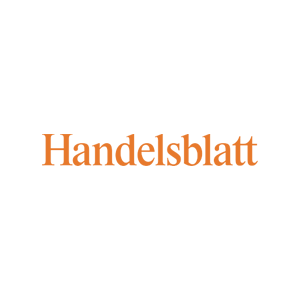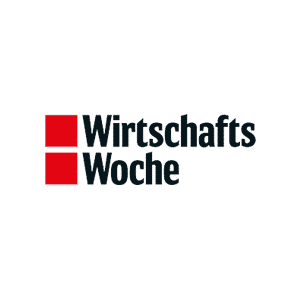56% of CFOs say that procurement will be their first priority in their supply chain in 2020.
A meaningful statistic, but from my point of view, not particularly surprising. The COVID-19 coronavirus may have focused on the challenges of procurement at the executive level, but the reality is that this part of the supply chain has always been a bottleneck for brands, and exploiting this bottleneck is a significant source of value. This is particularly true for trend-driven consumer brands in sectors such as fashion or furniture, where rapid time to market is a competitive advantage.
Unlocking the full potential in procurement
Procurement decisions are primarily about selecting the right suppliers to work with. Considerations such as production capabilities, capacity, lead time and quality controls, to name but a few, are crucial. The development of manufacturing capabilities around the world has been rapid. Take furniture production in India as an example; it is shocking to compare the new factories that are coming on stream with semi-automated production and lean processes with the traditional artisan production model. But what persists everywhere, even with the most advanced manufacturer, is a very traditional sourcing process between brand and supplier that creates a bottleneck in the supply chain.
The question is how brands can streamline the sourcing process to achieve efficiency gains that can reduce costs and improve punctuality. I suggest that at least part of the answer lies in the use of technology. Digital solutions can make a difference:
- A single source of truth: brands and suppliers working with the same data reduce the scope for misinterpretation.
- Greater collaboration: All internal and external stakeholders working together to make decisions in real time reduce the slow flow of communication back and forth.
- Simultaneous planning: When something changes, all stakeholders can see that something is changing at the same time, and all parties act on the latest information.
To return to our furniture case study: A tangible example is the development of product specifications or technical packaging. In the traditional model, a brand puts together a specification for its product in the form of design drawings and mood boards. The supplier must then interpret these to produce a sample and can also create his own production-friendly version. This is where the misinterpretation begins; there are several offline versions, different views on materials and production methods, and design revisions lost in emails. In contrast, when brands and suppliers can collaborate on a single technical package through a digital platform, a common understanding of specification requirements, version control, and a single source of truth for the design of the final product is maintained. This approach is much more likely to produce the right product with far fewer revisions and redesigns.
Technologies that connect brands and suppliers and allow them to collaborate on a single platform help streamline the procurement process.
Take actionable steps
Executives dealing with the procurement strategy as part of their COVID 19 response should think about a fundamental improvement of the procurement process as well as the evaluation of their selected supply partners. Digitally transforming this process is one way to make the process more efficient and realize the associated cost savings and lead time benefits.
It is worth noting that digital transformation in this case does not necessarily mean a major investment. Brands should look to their supply chain service providers to deliver these solutions as part of their offering, and workable steps can be taken by experimenting with a small number of providers first, without having to completely rethink the organisational processes.









